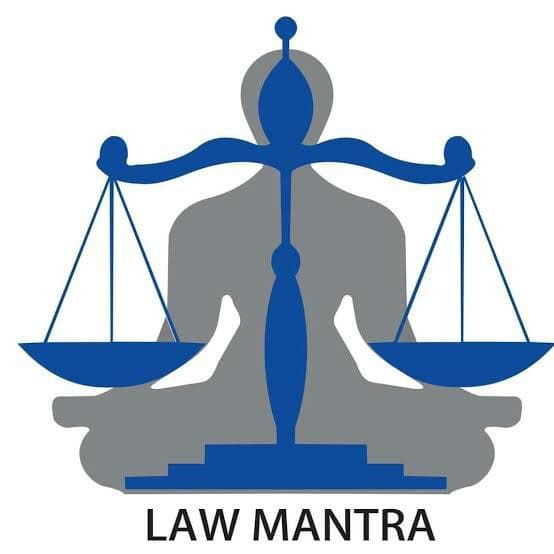This case used the concept or the rule of harmonious construction in order to avoid the conflict between Article 13(2) of the constitution and the First Amendment Act of the Constitution. Article 368 of the constitution confer power on the Parliament to amend the Constitution. This is a case that challenged the validity of the First Amendment Act to the Constitution of India.
Constitution (First Amendment) Act, 1951 made several changes to the Fundamental Rights provisions of the constitution. It provided against abuse of freedom of speech and expression, validation of Zamindari Abolition laws, and clarified that the right to equality does not bar the enactment of laws which provide “special consideration” for weaker sections of society.
The story of the first amendment started when Nehru, the then prime minister of India , encouraged the Parliament of India to pass the amendment in response to State of Madras v. Champakam Dorairajan which went before the Madras High Court and then to the Supreme Court of India. In that case, a Brahmin woman in Madras challenged the state’s Communal General Order, which established caste quotas in government-supported medical and engineering schools, on the grounds that it denied her equality under the law. Both courts had upheld her petition. However, it is laid down in article 46 as a directive principle of State policy that the State should promote with special care the educational and economic interests of the weaker sections of the people and protect them from social injustice.
The grounds for the challenge against the First Amendment Act are that it purported to abridge the Fundamental Rights under Part 3 Art.13 (2) of the Constitution of India.
Article 13(2) states that – “The State shall not make any law which takes away or abridges the rights conferred by this part and any law made in contravention to this clause shall, to the extent of the contravention, be void”.
Therefore, the parliament cannot amend the constitution in a way that takes away the fundamental rights of the citizens. In the case of Shankari Prasad vs Union of India, the Supreme Court tested this concept.
It was challenged that Amendment (in this case an amendment to Article 31A and 31B) that take away fundamental right of the citizens is not allowed by article 13(2). It was argued that “State” includes parliament and “Law” includes Constitutional Amendments.
The Supreme Court applied the principle of Harmonic Construction as there is a conflict between Article 368 and Article 13. The provisions of constitution should be interpreted in a manner that they do not conflict with each other and there must be harmony among them.
The Supreme Court ruled out that the power to amend the Constitution under Article 368 also included the power to amend fundamental rights and that the word “law” in Article 13 (2) includes only an ordinary law made in exercise of the legislative powers and does not include Constitutional amendment which is made in exercise of constituent power. Therefore, a Constitutional amendment will be valid even if it abridges or takes any of the fundamental rights. The court also held that the Fundamental Rights impose limitation over the legislature and executive power. They are not inviolable and parliament can amend them to bring in conformity to directive principles.
Conclusion
Though, the debate on the question of amendment of the Fundamental rights went through a lot more cases but the case of Shankari Prasad V U.O.I is a perfect example of the interpretation of law by using the doctrine of harmonious construction. In the Twenty-fourth Amendment Act of 1971, Art 13(4) was included which states: “Nothing in this article shall apply to any amendment of this Constitution made under article 368.” This provision added more power to the Parliament when it comes to amending the Constitution. It brought Fundamental Rights within the purview of amendment procedure and judicial intervention or review of those amendments was prohibited.
BY: ANKIT RAJPUT
